The meteoric rise of cryo-electron microscopy from an obscure imaging technique to a powerhouse for determining biomolecular structures is transforming our understanding of biology.



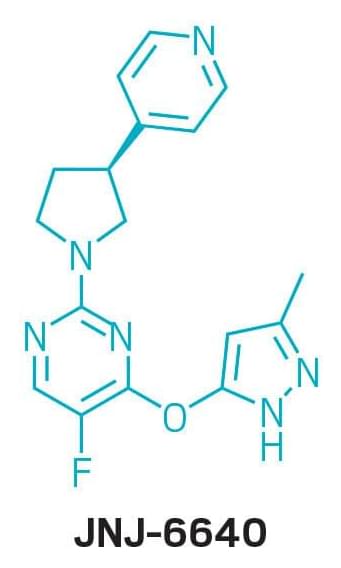
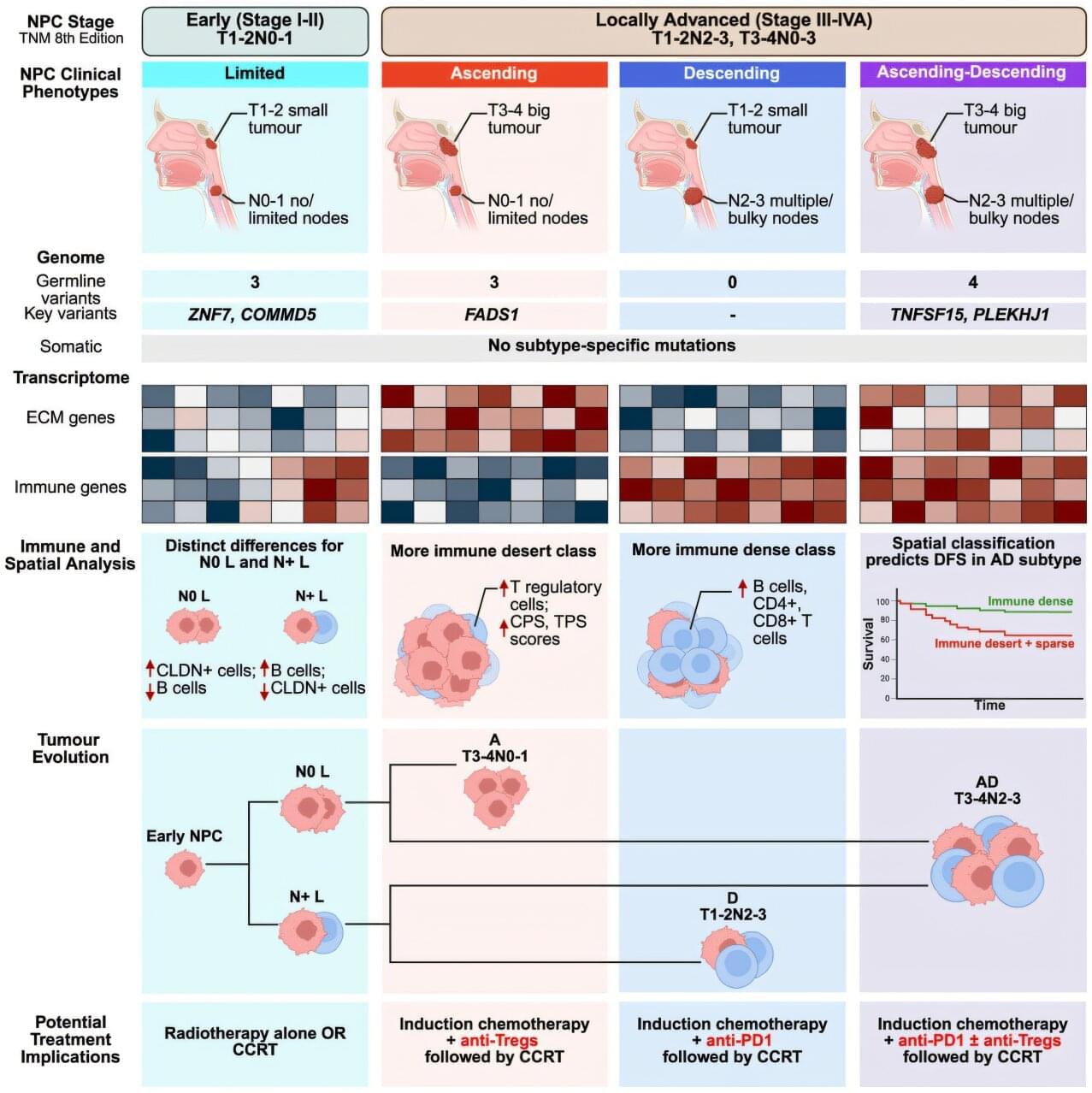
A study led by clinician-scientists and researchers at the National Cancer Centre Singapore (NCCS) has found that the tumor immune microenvironment (TIME) plays a critical role in the progression of nasopharyngeal carcinoma (NPC) commonly known as nose cancer. These insights are paving the way for precision oncology approaches, some of which are currently used in clinical trials at NCCS. The findings are published in Cell Reports Medicine.
NPC is a type of head and neck cancer that originates in the nasopharynx—the passageway behind the nose. It is prevalent in Southeast Asia, Southern China and North Africa and occurs more frequently in men. In Singapore, NPC is the 10th leading cause of cancer death in men and is the third most common cancer in men aged 30 to 49.
Due to the anatomy of the nasopharynx, NPC often spreads insidiously and is typically diagnosed at a locoregionally advanced stage, where cancer has spread within the head but not to distant parts of the body.

Imagine a future in which people with disabilities can walk on their own, thanks to robotic legs. A new project from Northern Arizona University is accelerating that future with an open-source robotic exoskeleton.
Right now, developing these complex electromechanical systems is expensive and time-consuming, which likely stops a lot of research before it ever starts. But that may soon change: Years of research from NAU associate professor Zach Lerner’s Biomechatronics Lab has led to the first comprehensive open-source exoskeleton framework, made freely available to anyone worldwide. It will help overcome several huge obstacles for potential exoskeleton developers and researchers.
An effective exoskeleton must be biomechanically beneficial to the person wearing it, which means that developing them requires extensive trial, error and adaptation to specific use cases.
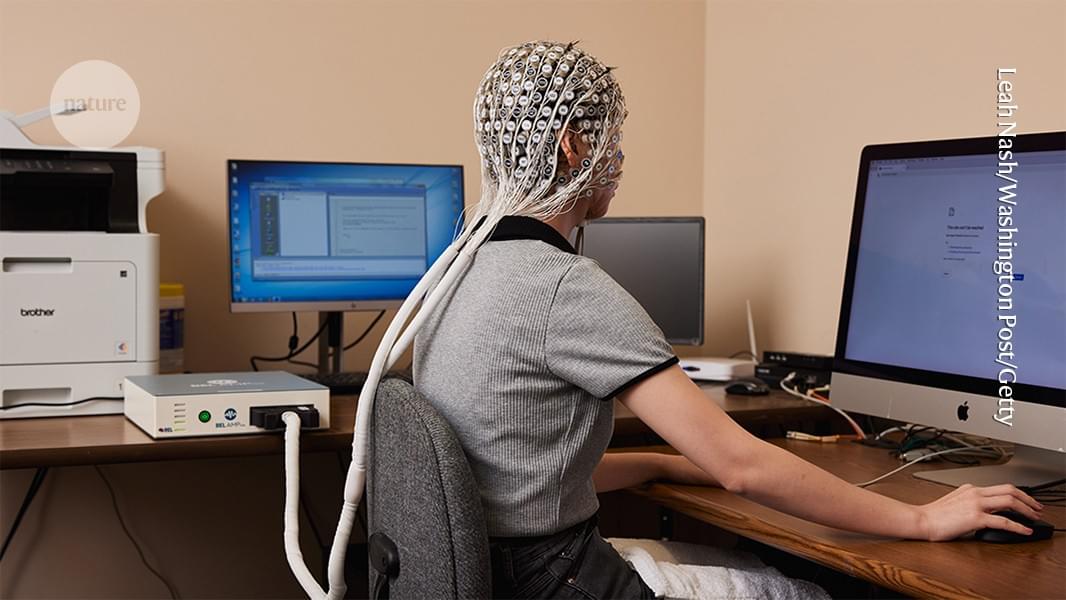
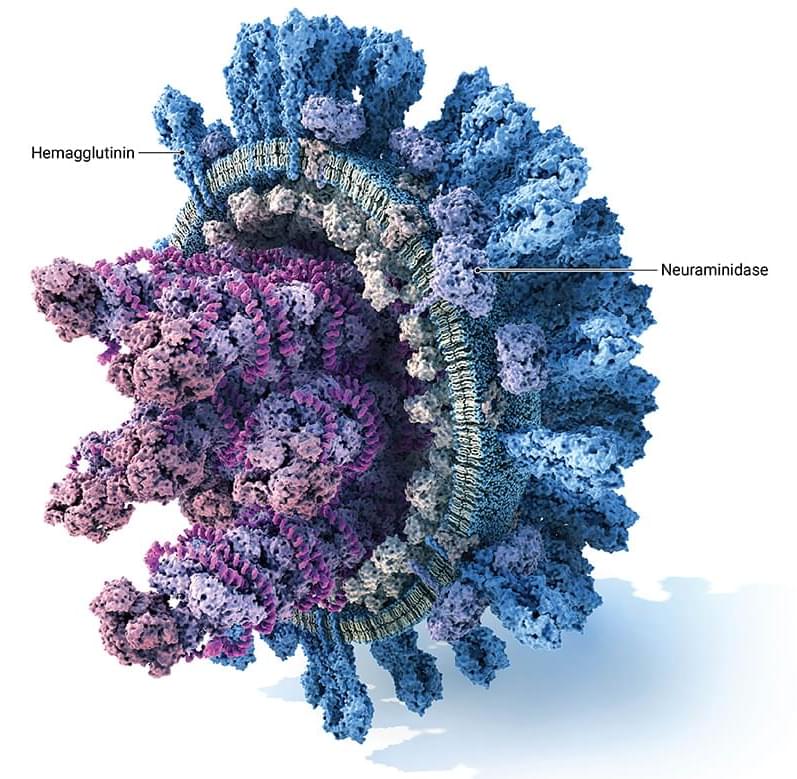

The last stronghold of human labor in warehouses – the grueling job of loading and unloading trucks – is rapidly giving way to a new generation of intelligent robots. For decades, logistics companies have struggled to automate this physically demanding and injury-prone work, which often leaves workers battered by heavy lifting and extreme temperatures. Now, breakthroughs in robotics, artificial intelligence, and sensor technology are transforming how goods move in and out of trailers, promising not only greater efficiency but also a fundamental shift in warehouse operations.
At the heart of this revolution is a suite of sophisticated machines from companies like Ambi Robotics, Boston Dynamics, Dexterity AI, and Fox Robotics. Each brings a distinct technical approach to the challenge, as described by The Wall Street Journal.
Ambi Robotics, for example, has developed AmbiStack, a robotic system designed to automate the complex process of stacking items onto pallets or into containers. AmbiStack employs a four-axis gantry robot equipped with advanced cameras and machine vision powered by AI foundation models. This system can analyze, track, and pick each item from a conveyor, performing real-time quality control checks.
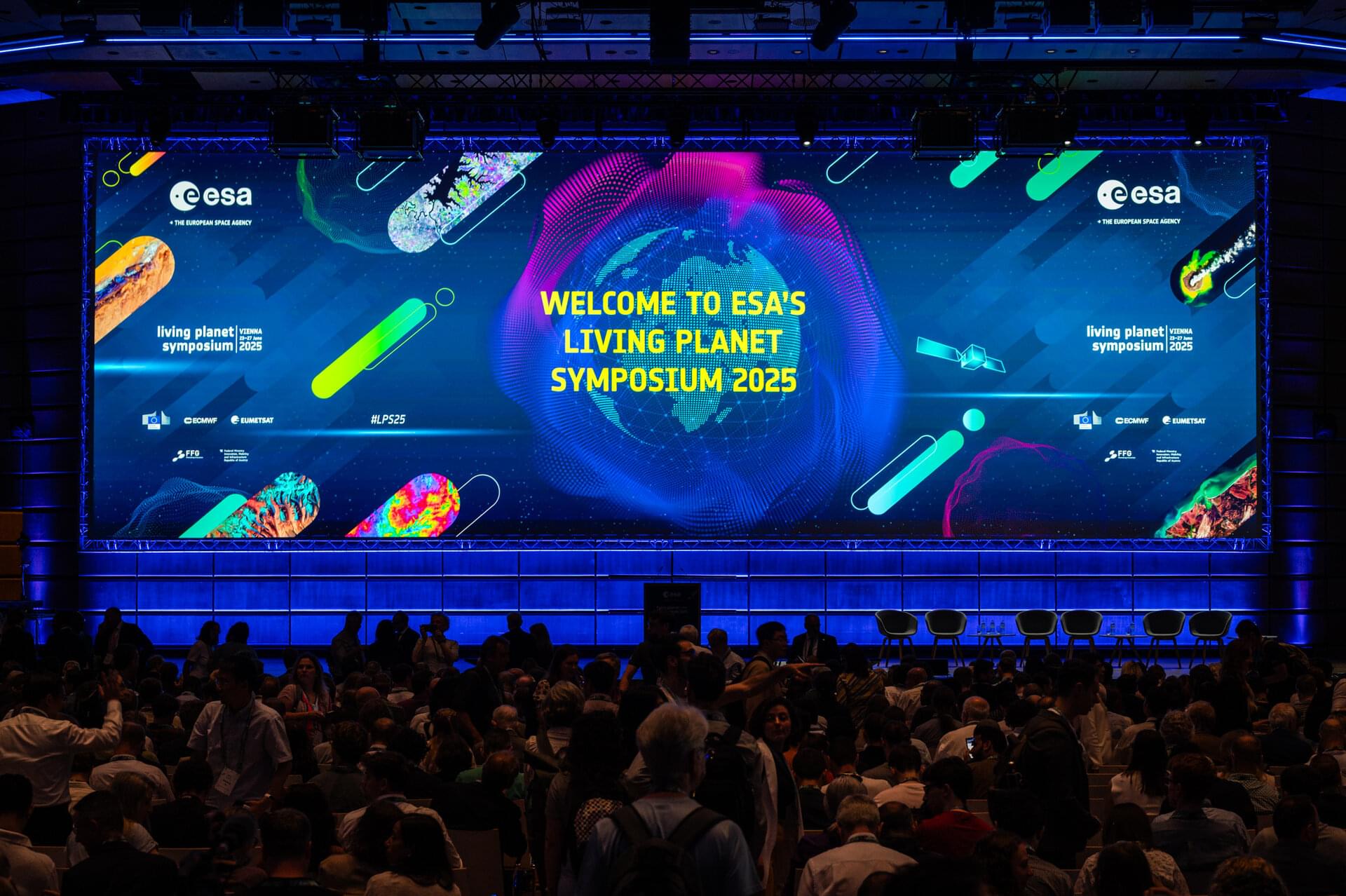
ESA’s Living Planet Symposium, one of the world’s leading Earth observation conferences, opened today in Vienna.
More than 6,500 participants from almost 120 countries signed up to attend the event. With more than 4,200 scientific presentations and posters, the symposium provides a forum and meeting point for scientists, academics and space industry representatives, as well as students and citizens.
The event takes place every three years and this year the focus is ‘from observation to climate action and sustainability for Earth’
